Too often, there is a great deal of attention paid to software features and capabilities. Rarely is the most important concept incorporated into the foray: how your company operates and the lowly flow chart!
Before migrating to software automation and long before bringing in the first vendor’s salesperson for their bells-and-whistles dog-and-pony show, deeply understand your processes. And, this is not the equivalent of UML models or Black Belt Value Mapping. Understand how your company operates in a simple step-by-step diagram.
People perform work. Software make the work being performed more efficient… If the work is not well organized, do not expect the software to create miracles of efficiency.
Question Every Process Step
It will pay great dividends to first understand how people functionally perform their job. Everybody should be questioning why each task is being performed – even if it seems obvious. More than likely, the explanation contains things such as, “it is the way I was trained” or “we’ve always done it this way” and the all-time favorite, “because”.
The ultimate goal: tasks or steps of the process when modeled should be very clear – from one task to another should be well understood. If you think of a simple flow chart, every task (boxes) should be connected (lines) to the next task with a predominantly straight path without crisscrossing another path. Optimally, the lines should never cross when trying to connect the boxes. Until the flow is clean and well understood, keep questioning things.
The art of the process is to know when the process can be no simpler and the lines can simply be no straighter.
Chose Your Software Wisely
Adjust the process as necessary until it is well understood, logical, and clearly articulated with simple flowcharts. Until those executing the processes and those managing the processes are satisfied with the flows are you then ready for the introduction of software technology. And, remember, it is not just the flow charts that need to be clean and precise, but people need to adjust their work habits to match the processes – this is a cultural shift absolutely critical in the success of obtaining efficiency.
Once you have graduated from this deceptively mundane yet excruciatingly painful exercise, the software selection and build-versus-buy decisions can be made with an educated perspective. It will prove miraculously simple to evaluate solutions against the identified processes – some even surprisingly not from industry leading vendors. But, it is better to be right about your company and its processes than simply following the leaders.
The results are substantially more satisfying and inevitably much more efficient.

